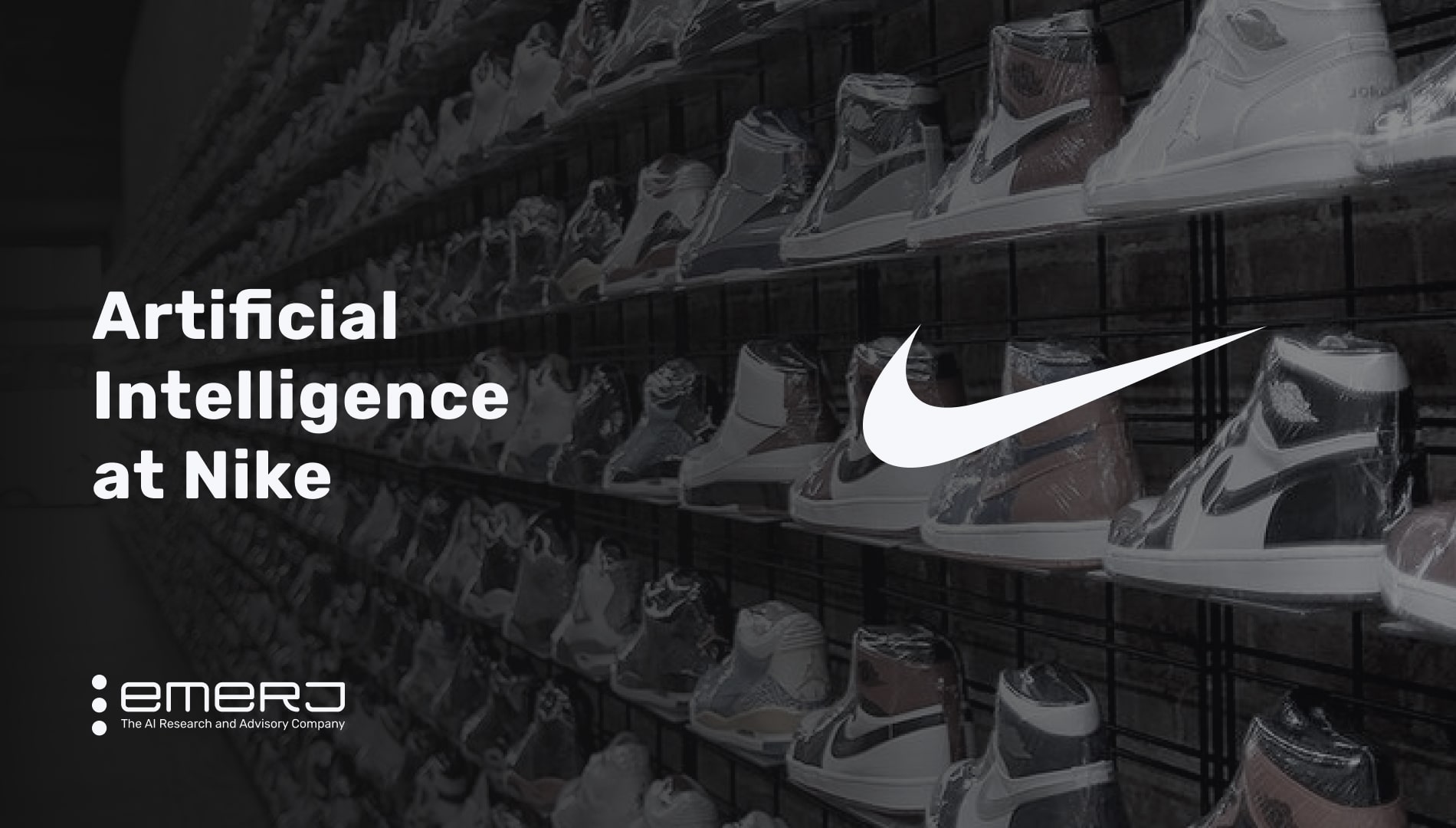BMW, Porsche, And The Shifting Landscape Of The Chinese Automotive Market

Table of Contents
The Rise of Chinese Domestic Automakers
The Chinese automotive market is no longer dominated solely by international players. The rise of powerful domestic automakers poses a significant challenge to established luxury brands like BMW and Porsche.
Competition from Local Brands
Chinese brands like Nio, Xpeng, and BYD are rapidly gaining market share, fueled by technological innovation and aggressive pricing strategies.
- Nio's ET7: This luxury electric sedan boasts advanced autonomous driving capabilities and a sophisticated user interface, directly competing with BMW's i7 and Porsche's Taycan.
- XPeng's G9: Known for its advanced driver-assistance systems and intelligent features, the G9 targets a younger, tech-savvy demographic, overlapping with the target market of BMW and Porsche.
- BYD's Han: A high-performance electric sedan offering a compelling combination of luxury and affordability, posing a direct threat to BMW and Porsche's sales in the luxury EV segment. BYD's market share continues to grow, proving their success in this competitive space.
These brands are effectively targeting younger, tech-savvy consumers with features prioritizing connectivity and advanced driver-assistance systems (ADAS). This focus on technology differentiates them from traditional players and is increasingly resonating with the Chinese market.
Government Policies and Incentives
The Chinese government actively promotes domestic brands and electric vehicles (EVs) through various subsidies and regulations. This has a significant impact on luxury car sales.
- Government subsidies for EVs: Substantial government subsidies make EVs more affordable, boosting demand and putting pressure on traditional combustion engine vehicles from BMW and Porsche.
- Stringent emission regulations: Stricter emissions regulations favor electric vehicles, making it more challenging for BMW and Porsche to sell their traditional gasoline-powered models.
- Purchase restrictions in major cities: Limitations on vehicle registrations in major cities encourage the adoption of EVs, creating additional challenges for traditional luxury carmakers.
These policies create a favorable environment for domestic automakers and necessitate a significant shift in strategy for foreign brands like BMW and Porsche.
Changing Consumer Preferences in China
Consumer preferences in China are evolving, demanding greater technological integration and sustainable transportation solutions. This shift significantly impacts the strategies of luxury brands.
Demand for Electric and Hybrid Vehicles
The demand for electric and hybrid vehicles (EV/HEV) in China is surging, pushing luxury brands to electrify their offerings.
- BMW iX and i4: BMW is aggressively expanding its EV lineup in China, offering models like the iX and i4 to cater to growing demand.
- Porsche Taycan: Porsche's all-electric Taycan has gained popularity in China, signifying the market's acceptance of luxury electric vehicles.
- Expansion of Charging Infrastructure: BMW and Porsche are investing in expanding charging infrastructure to support the growing adoption of EVs in China.
Luxury brands must not only offer EVs but also provide comprehensive charging solutions to meet consumer expectations.
Focus on Technology and Connectivity
Chinese consumers highly value advanced technology and seamless connectivity in their vehicles. Luxury brands must integrate cutting-edge features to compete.
- Advanced Driver-Assistance Systems (ADAS): Features like adaptive cruise control, lane-keeping assist, and automatic emergency braking are crucial for attracting Chinese consumers.
- In-car entertainment and connectivity: Seamless integration with smartphones, online services, and advanced infotainment systems are essential for maintaining competitiveness.
- Over-the-air updates: The ability to receive software updates remotely adds value and enhances the overall user experience.
The integration of advanced technology and digital services is no longer a luxury but a necessity for success in the Chinese automotive market.
BMW and Porsche's Strategies for Success in China
To succeed in the dynamic Chinese market, BMW and Porsche are implementing various strategies focused on localization and investment.
Localization Strategies
BMW and Porsche are adapting their products and marketing strategies to align with the preferences of Chinese consumers.
- Localized Product Features: Tailoring vehicle features to suit local tastes, such as specific color options or interior designs preferred in China.
- Targeted Marketing Campaigns: Utilizing social media platforms and digital channels popular in China to reach their target audience.
- Partnerships with Local Businesses: Collaborating with local companies to enhance brand awareness and distribution networks.
Effective localization is crucial for establishing a strong foothold in the Chinese market.
Investment in Infrastructure and R&D
Significant investment in research and development (R&D), local manufacturing, and dealership networks is vital for long-term success.
- Local Manufacturing Facilities: Investing in local manufacturing reduces costs and enhances responsiveness to market demands.
- Expanded Dealership Networks: Ensuring widespread availability and convenient service access for Chinese customers.
- R&D focused on EV technology: Significant investment in research and development focusing on electric vehicle technology to compete effectively in this rapidly growing segment.
These investments are fundamental to sustaining BMW and Porsche’s presence and competitiveness within this dynamic market.
Conclusion
The Chinese automotive market presents both significant challenges and lucrative opportunities for luxury brands like BMW and Porsche. The rise of domestic automakers, government policies favoring EVs, and evolving consumer preferences demand strategic adaptation. Key takeaways highlight the importance of embracing localization, focusing on technological innovation, and prioritizing sustainable vehicles. BMW and Porsche’s success hinges on effectively navigating this competitive landscape through continuous innovation and a deep understanding of the Chinese market’s evolving demands. Stay tuned for more insights into the ever-changing dynamics of the Chinese automotive market, and how luxury brands like BMW and Porsche are navigating this exciting and competitive landscape.

Featured Posts
-
 Ftc To Appeal Microsoft Activision Merger Ruling
Apr 22, 2025
Ftc To Appeal Microsoft Activision Merger Ruling
Apr 22, 2025 -
 Why Nike Shoe Production Remains A Challenge For Robots
Apr 22, 2025
Why Nike Shoe Production Remains A Challenge For Robots
Apr 22, 2025 -
 Russias Easter Truce Ends Renewed Fighting In Ukraine
Apr 22, 2025
Russias Easter Truce Ends Renewed Fighting In Ukraine
Apr 22, 2025 -
 Pope Francis 1936 2024 A Life Dedicated To Service
Apr 22, 2025
Pope Francis 1936 2024 A Life Dedicated To Service
Apr 22, 2025 -
 The World Mourns The Death Of Pope Francis
Apr 22, 2025
The World Mourns The Death Of Pope Francis
Apr 22, 2025
